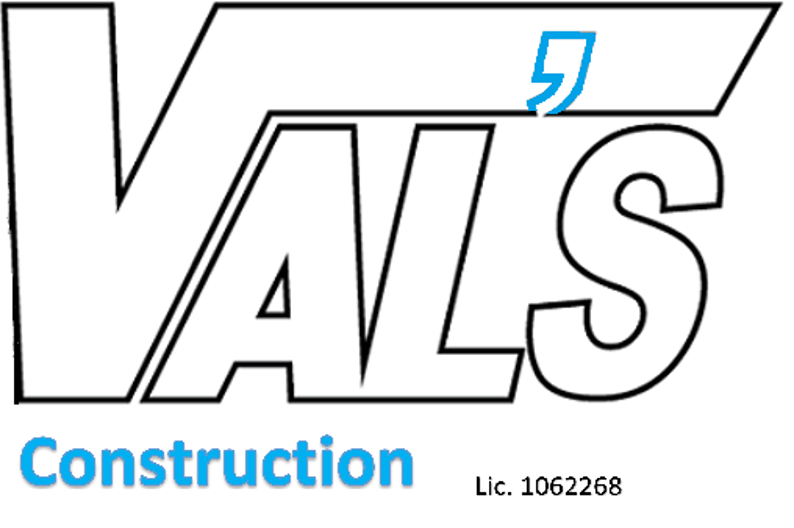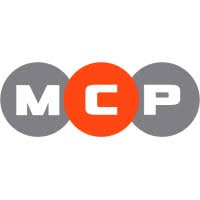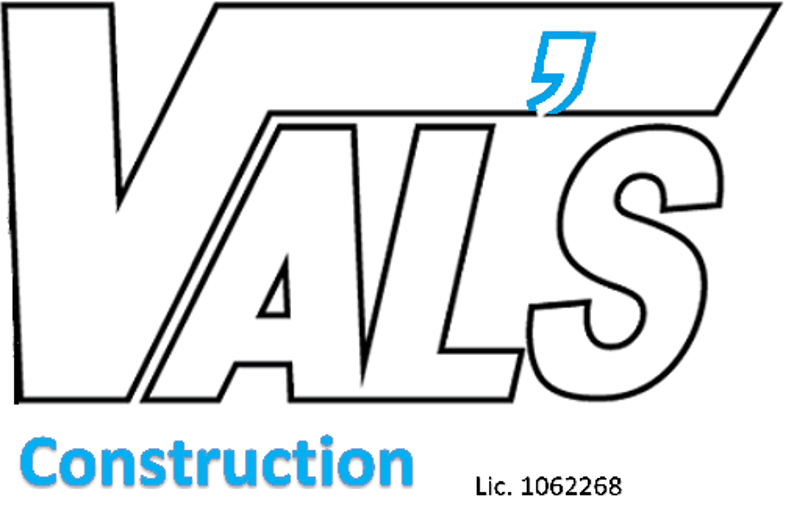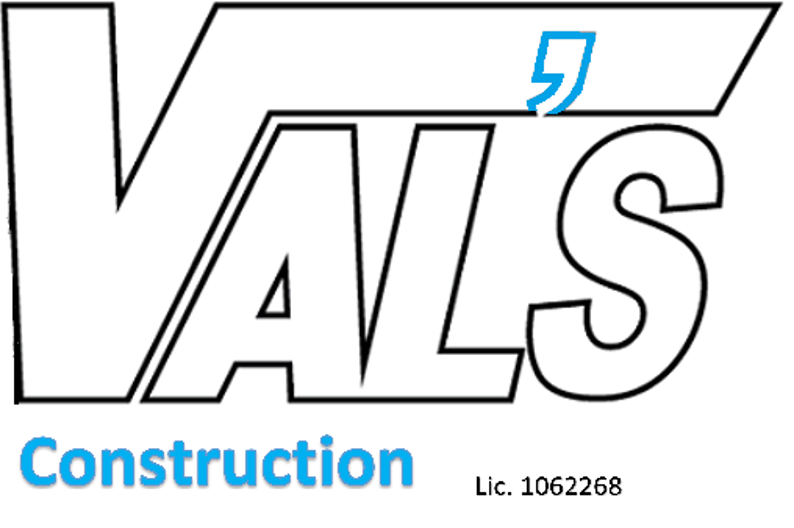Title Page
-
Site conducted
-
Name of Contractor:
-
Contract Manager :
-
Site Supervisor :
-
Site Address:
-
Audit by :
-
Audit Start Time:
-
Audit Finish Time:
-
1.0 Preliminaries
-
1.1 - Supervisors on site
-
1.2 - No. of operatives on site
-
1.3 - Scope of work
-
1.4 - Welfare
-
1.4.1 - Are there toilets available on site
-
1.4.2 - Hot & cold running water available on site
-
1.4.3 - Soap or washing agent available on site
-
1.4.4 - Sanitising gel available on site
-
1.4.5 - Means of drying hands available on site
-
1.4.6 - Rest area (seating) available on site
-
1.4.7 - Means of heating food or drinks available on site
-
1.4.8 - Where is the first aid box located
-
1.4.9 - Is there a trained first aider on site
-
1.4.10 - Are fire extinguisher available on site, are they the correct type
-
1.4.11 - Where is the muster point, is signage in place, is it on the site plan
-
2.0 Site Documentation
-
2.1 - Copy of licence available
-
2.2 - Copy of ASB5 available
-
2.3 - Copy of liability insurance available
-
2.4 - Copy of company H&S policy available
-
2.5 - Copy of plan of work available
-
2.6 - Has POW been signed by all persons on site
-
2.7 – Does site sketch plan match site set up
-
2.8 - Are the air management calculations correct
-
2.9 - Are risk assessments site specific
-
2.10 - Are COSHH assessments available and site specific
-
2.11 - Site log/diary up to date (time of last entry)
3.0 Site Personnel
-
Name
-
Clean shaven
-
Valid medical
-
Expiry date of medical
-
Valid face fit test
-
Expiry date of face fit test
-
Valid training certification
-
Training expiry date
-
4.0 Plant / Certification
-
4.1- Adequate number of H vacs on site
-
4.2 –Test certificates on site valid and relevant to equipment on site
-
4.3 – Equipment on site in good condition/maintained
-
4.4 - Electrical equipment PAT tested
-
5.0 Enclosure/ Airlock/ Baglock
-
5.1 - Enclosure adequately supported
-
5.2 – Enclosure in sound condition to prevent the spread of asbestos
-
5.3 - Is the enclosure constructed with 1000 gauge polythene (fire retardant / standard)
-
5.4 – Do vision panels give view of entire work area, if not is CCTV being used
-
5.5 - Does each stage of the airlock system comply with current practice (2m³ per stage)
-
5.6 - Do the airlock openings introduce trip hazards
-
5.7 - Are all airlock flaps on the inside (enclosure side)
-
5.8 - Do the flaps adequately cover the airlock opening
-
5.9 - Are all flaps weighted
-
5.10 – Vision panel on dirty stage of airlock (min 600x300)
-
5.11 – Bucket and sponge or similar present for primary decontamination
-
5.12 – H vac available for vaccing off
-
5.13 – Adequate signs/ warning tape/barrier tape
-
5.14 - Enclosure smoke test and inspection records available
-
6.0 Air Extraction Equipment
-
6.1 – Extract equipment sited to give ideal air management
-
6.2 – Extract capable of giving Min. of 8 air changes per hour
-
6.3 – Extract vented to outside
-
6.4 – Exhaust hose in good condition
-
6.5 – Capacity of NPU(s) matches Plan of Work
-
6.6 – NPU certificates valid and relevant to equipment on site
-
7.0 Suppression/ Removal Technique
-
7.1 – Dust suppression method as indicated in POW
-
7.2 – Dust suppression technique suitable for the type of material
-
7.3 – Have exposure limits been determined and checked
-
7.4 – Removal method as per POW, best practice being observed
-
8.0 PPE/RPE
-
8.1 – RPE and filter used as stated in POW
-
8.2 – Maintenance checks in place and recorded
-
8.3 – Colours of coveralls as stated in POW
-
8.4 – Other PPE required for hazards (eye protection, hard hat, gloves)
-
9.0 DCU
-
9.1 - Unit complies with requirements of HSG247
-
9.2 - Unit connected to work area – If no was it possible to connect to the work area
-
9.3 - Transit route as short as possible and away from occupied areas
-
9.4 - Unit connected/ working order
-
9.5 - Unit connected with RCD, unit earthed
-
9.6 - DCU NPU cert available
-
9.7 - DCU boiler test cert available
-
9.8 - DCU electrical test cert available
-
9.9 - DCU air test available
-
9.10 – Adequate number of shower heads for number of personnel on site
-
9.11 – Nailbrush and shower gel available
-
9.12 – Unit clean as far as reasonably practicable
-
9.13 – Waste water discharged to foul drain
-
9.14 – Is the filter on waste water clean/ changed recently
-
10.0 Waste
-
10.1 – UN approved packages used
-
10.2 – Waste route clear of waste/ debris
-
10.3 – Is a baglock being used
-
10.4 – Is a skip provided, is it locked, in good condition
-
10.5 – If waste is transferred in the van is the bulkhead sealed
-
11.0 Air Monitoring
-
11.1 – Details of analytical company stated in POW
-
11.2 – Background Testing
-
11.3 – Leak Testing
-
11.4 – Reassurance testing
-
11.5 – Personal Monitoring
-
11.6 – 4 Stage Clearance
12.0 Access Equipment
-
12.1 - What access method is being used
-
12.2 - If ladders or stepladders are being used are they in good condition
-
12.3 - Do ladders or stepladders have a unique identification number or reference
-
12.4 - Are ladders or stepladders inspected at regular intervals and the inspection recorded
-
12.5 - If mobile towers are being used are the site personnel PASMA trained
-
12.6 - If MEWPS are being used are site personnel IPAF trained
-
12.7 - If a fixed scaffold is being used, is a scaff tag or inspection record available, is it in date
13.0 Summary
-
Comment/ Observation / Action Required
-
Audit Summary
-
Supervisor Signature:
-
Date:
-
Auditor Signature:
-
Date:
-
Appendix 1 Photos













